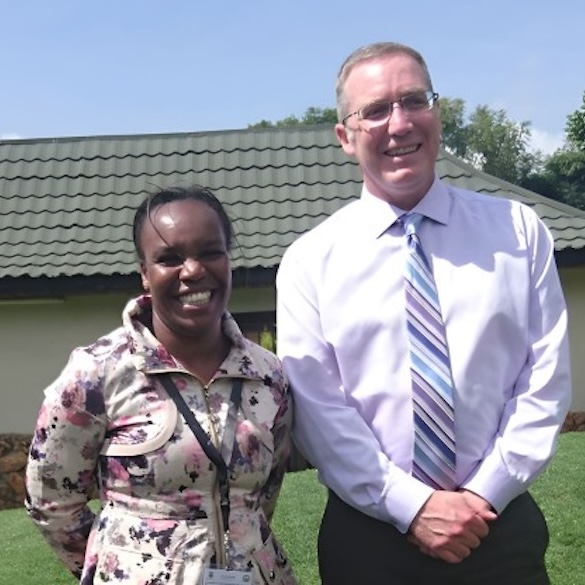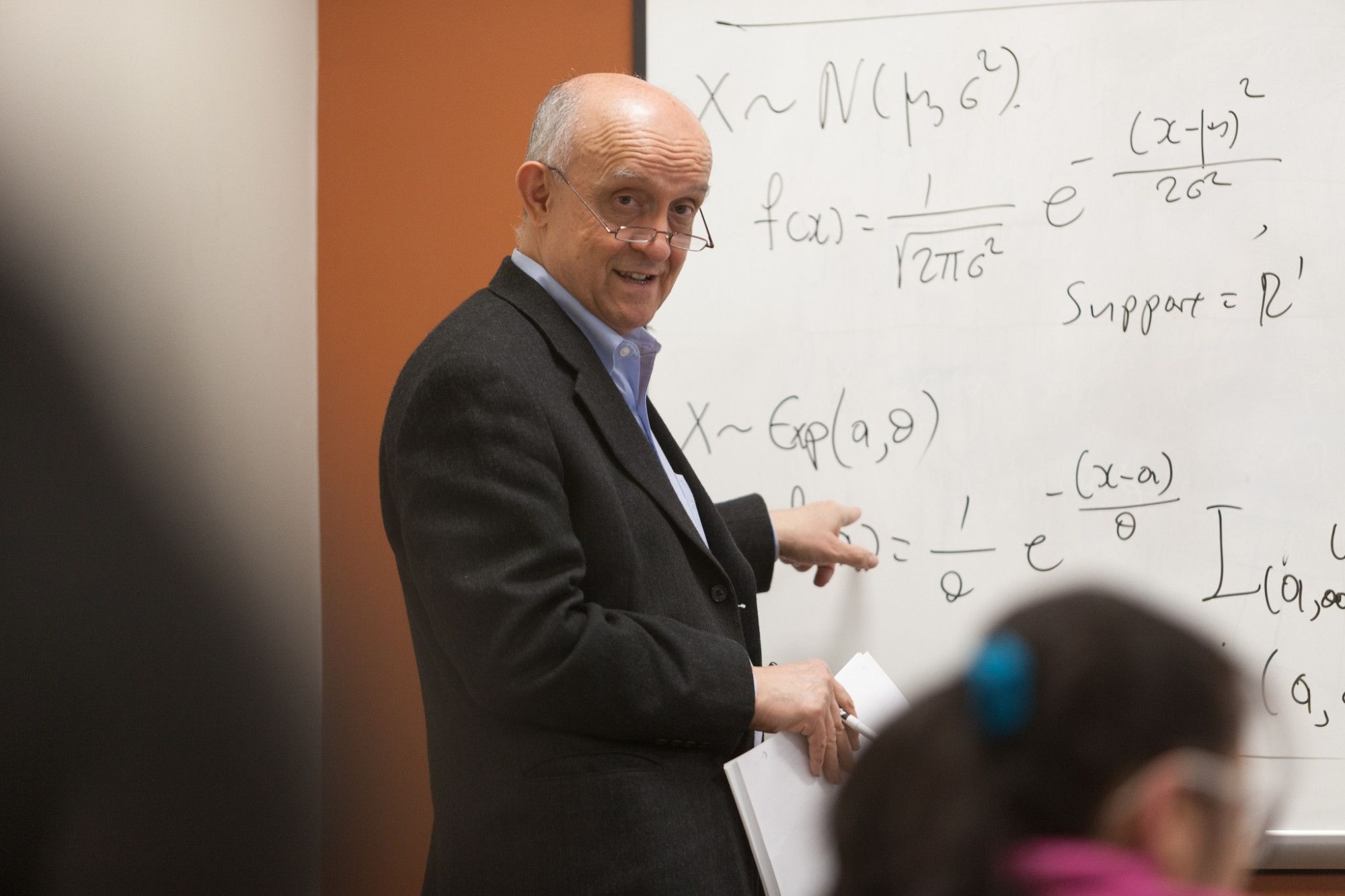Going back to the start of your career, tell us a little bit about how you came to the field.
I was a high school teacher in Los Angeles in the late 1980s. I graduated from UConn with a math degree, and I was pretty certain I wanted to teach high school. I think I also was a bit restless intellectually, so I entered a graduate degree program in applied math. The goal there was to just keep my teaching credential valid. And when I got into applied math, I learned that there was a lot of theory involved.
I think the path I took is a path that's followed by a lot of statisticians. We're pursuing a career in math or something like that, but at some point, the theory kind of ran its course for me. I really was hungry for something a little more concrete to grab onto, some way to make a difference.
I'm a statistician, that's my career, but I never took a statistics course until I was in graduate school. And when I did, it was like opening a treasure chest. I had no idea that math could be used in such concrete ways. I was taking that class and getting really excited about it. I was thinking really as a teacher: ‘There's so many examples here I can bring back to the classroom,’ but I was getting into the material intellectually as well. I had a great adviser encouraging me.
At the same time, in Los Angeles in the late ‘80s, we were almost at the epicenter of the HIV epidemic in the United States. It was exacting an enormous toll on the population in LA. It was all over the newspapers at the time; it was hard to escape. It wasn't quite like COVID as a public health emergency. It was like a slow moving public health emergency, but it was taking on a lot of urgency.
And around that time, I had an adviser who convinced me that I should consider doing more graduate work, and that's when I learned about biostatistics. Once I figured out that biostatistics is using statistics to solve health problems, I couldn't think of anything more interesting or more motivating to study. And as I said, with AIDS as a backdrop, I felt like this was a place where people could really make a difference.
How did biostatisticians make a difference in combating the AIDS epidemic?
At that time, statisticians, biostatisticians in particular, were making enormous contributions to advancing HIV treatment and HIV therapy. In the early days of HIV clinical trials, the primary endpoint for testing out a new drug was mortality. It's crazy for us to think about now, but that was the end point. So you'd randomize people to receive a drug or not and then follow for enough time until you saw enough events to differentiate between whether one drug was working better. And of course, this was becoming intolerable.
The community of AIDS activists was also pushing for the FDA and the government to have more fast track approval of these medications. So statisticians came up with different designs in which we could make decisions before mortality events start showing up.

